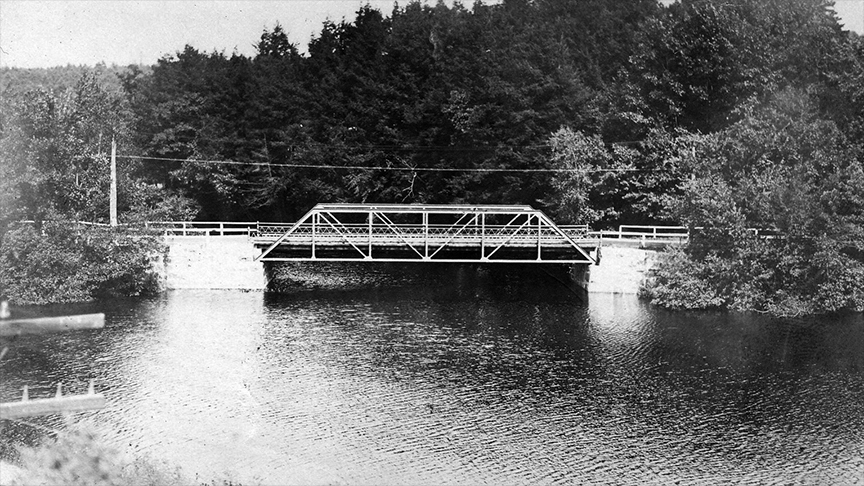“Ready for the River” (1929)

“Ready for the River (Mood Indigo)” (Kahn-Moret [Daniels]). Recorded by Betty Bolton in London on March 6, 1929, with Edward Cooper on the piano and Len Fillis on the guitar; also with vibraphone. Columbia 5320 mx. WA-8648-2.
“Ready for the River (Mood Indigo).” Words by Gus Kahn, music by Charles N. Daniels (as Neil Moret). Recorded by Betty Bolton in London on March 6, 1929, with Edward Cooper on the piano and Len Fillis on the guitar; also with vibraphone. Columbia 5320 mx. WA-8648-2.
Betty Bolton - “Ready for the River” (1929)
The first ten times or so that I heard the song “Ready for the River,” I must have had my ears set to the audio equivalent of soft focus, which is to say that I took in the overall sound of the piece without worrying about the details. A happy little song it seemed; it could have been about people operating riverboats, for all I knew. Then I focused in on the lyrics. This was a happy little song…about suicide: the singer intends to drown themselves (“Want to drown my trouble / And leave just a bubble / To indicate what used to be me”; “Made my will, / Wrote some notes; / I’m gonna keep on walking till my straw hat floats”). It is hard to think of another song whose overall mood clashes so dramatically with its professed theme. Even the song’s subtitle on the sheet music (“Mood Indigo”)1 contributes to the paradox. The upshot is that in “Ready for the River” we have an incredibly funny song that almost generally receives upbeat musical treatments in spite of its lyrics’ subject matter.
Betty Bolton’s version (from her very first recording session) starts out with an intro that is just slow enough to be potentially sincerely morose, but the mood soon picks up. She allows her voice to break into a sort of giggle three times when singing “I’m gonna keep on walking till my straw hat floats,” as if amused by the idea. By the last repetition of the refrain, the tempo is considerably faster, further detracting from any sense that the song is really about genuine psychological depression. In addition to being quirky and funny, Bolton’s recording is quite beautiful; I would draw the reader’s attention particularly to Len Fillis’s noteworthy guitar accompaniment.
Numerous versions of “Ready for the River” were recorded in 1928–1929 by American artists, including Emerson Gill and His Bamboo Garden Orchestra (v. Pinkey Hunter), Annette Hanshaw, Devine’s Wisconsin Roof Orchestra (v. Harry Reber), Sam Lanin’s Troubadours (v. Scrappy Lambert), The Coon–Sanders Orchestra (v. Joe Sanders), Jimmie Noone’s Apex Club Orchestra (v. Jimmie Noone and Joe Poston), The Goofus Five and Their Orchestra (v. Scrappy Lambert), The California Ramblers (v. Arthur Fields), Mary Williams, Lucille Wommack (unissued), Fletcher Henderson and His Orchestra (unissued), The Wabash Dance Orchestra (dir. Red Nichols; v. Phil Baker), and The Sam Wooding Band (recording in Barcelona as Maestro Sam Wooding y Sus Chocolate Kiddies; v. Jerry Blake). In 1930, actor George Dewey Washington would do a lively performance of the song in a Metro Movietone Revue, complete with hobo garb, rumpled top hat, and walking cane.2
British versions mostly used American vocalists: The Trix Sisters and Zaidee Jackson recorded the song in London, and American singer Phil Arnold provided the vocal chorus for Allan Selby’s rendition. Betty Bolton stands out as the one British singer to have tackled “Ready for the River.”
